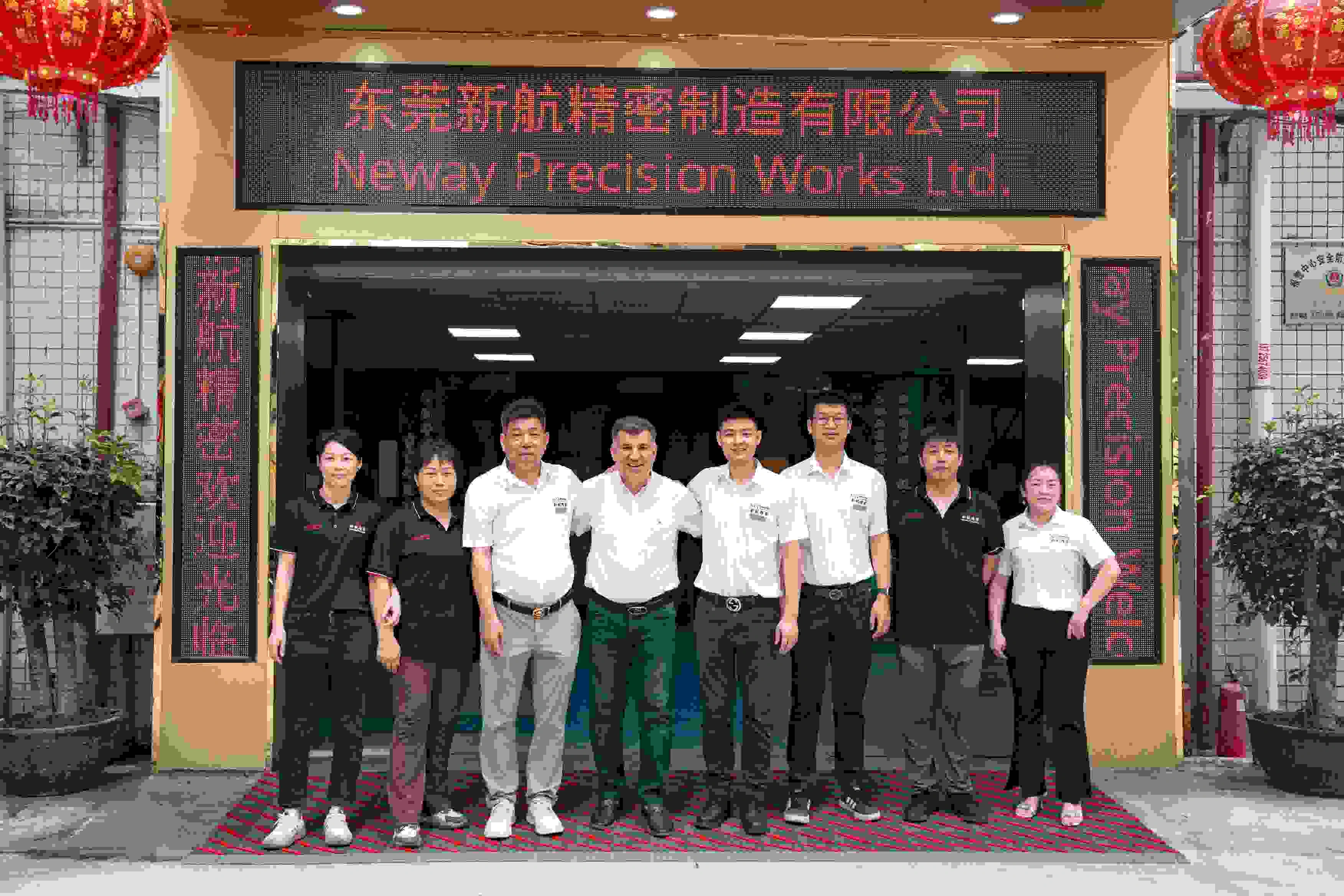High-Strength A356 Aluminum Die Casting Solution for EV Battery Module Brackets
Project Overview – EV Battery Systems Require Lightweight Structural Integrity
Battery module brackets in electric vehicles (EVs) play a dual role: structural reinforcement and thermal pathway management. These components must offer high stiffness-to-weight ratios, maintain tight dimensional tolerances, and withstand vibration and thermal cycling in demanding automotive environments. Die casting with optimized aluminum alloys like A356 enables high-volume production of lightweight yet structurally robust brackets compatible with powertrain integration and vehicle chassis systems.

Material Selection – Why A356 Aluminum is Ideal for EV Battery Module Brackets
A356 aluminum alloy is a silicon-rich cast-grade aluminum known for its superior mechanical strength and good corrosion resistance. It offers excellent weldability, low porosity, and high elongation after heat treatment—making it ideal for load-bearing EV components. Its compatibility with ARC anodizing adds further protection against chemical exposure, ensuring long-term durability within battery compartments.
Manufacturing Process Breakdown
Aluminum Die Casting with A356
Using aluminum die casting, we form complex geometries such as integrated ribs, flanges, and undercuts in a single process. Molds are engineered to ensure uniform filling and solidification, minimizing porosity and achieving a wall thickness tolerance of ±0.1 mm. Casting flow simulations ensure optimal placement of vents and gates to meet automotive quality standards.
CNC Machining for Precision Interfaces
Post-casting, we apply CNC machining to define mounting holes, sensor pads, and connector interfaces. Precision operations maintain geometric tolerances within ±0.05 mm, enabling consistent alignment in battery pack assemblies. Multi-axis machining also supports variations in module configurations and cooling channel features.
Surface Finishing – Sandblasting and ARC Anodizing
Initial sand blasting creates a uniform matte texture (Ra 2.5–3.5 μm) for enhanced coating adhesion. This is followed by ARC anodizing, which creates a dense oxide film providing wear and corrosion resistance in high-voltage, chemically active environments. The resulting finish supports electrical insulation and long-term appearance retention.


Performance Advantages in EV Battery Applications
Performance Requirement | A356 Die Casting Solution |
|---|---|
Structural Stiffness | Rib-reinforced casting geometry with high post-treated strength |
Corrosion Resistance | ARC anodized layer resists battery chemicals and road exposure |
Dimensional Precision | CNC machined interfaces ensure accurate pack alignment |
Thermal Stability | Low thermal expansion supports dimensional integrity in use |
Our A356-based brackets ensure safe housing of battery cells while minimizing overall system weight—critical for range optimization and structural integration.
Why Choose Neway for EV Battery Module Bracket Projects
Advanced Mold Engineering for Structural Optimization Our die casting design process includes flow analysis, rib simulation, and thermal stress modeling for critical EV components.
In-House Vertical Manufacturing Chain From rapid prototyping to post-machining, we control each step internally to ensure repeatable quality and fast turnaround.
Flexible Volume and Design Variability Support We provide tooling solutions for both low-volume manufacturing and mass production, supporting rapid design changes as EV platforms evolve.
High-Precision Inspection and Validation With dedicated inspection systems, we validate flatness, hole location, and anodizing thickness to meet automotive PPAP and ISO standards.
Complete Post-Processing and Assembly Our one-stop service includes surface finishing, ARC anodizing, and component assembly to simplify your supply chain.
Related Services and Materials
A356 Die Casting Alloy A356 aluminum designed for lightweight structural parts in automotive and aerospace sectors.
Surface Treatment and Protection Full suite of post-process solutions including blasting, sealing, and coating tailored for high-voltage EV use.
Automotive Die Casting Engineering Engineering support for structure optimization, FEA validation, and thermal analysis.
Anodizing for Harsh Environments Industrial-grade ARC anodizing that improves component durability and electrical insulation.
Assembly-Ready Bracket Solutions Integrated assembly services for brackets with sealing gaskets, fasteners, and thermal interface pads.
FAQs
How does A356 compare to ADC12 for EV structural parts?
Can ARC anodizing be used in contact with battery electrolytes?
What tolerances can be achieved on multi-surface battery mounts?
How is vibration resistance validated for EV bracket assemblies?
Can Neway support design iterations during EV prototype stages?
